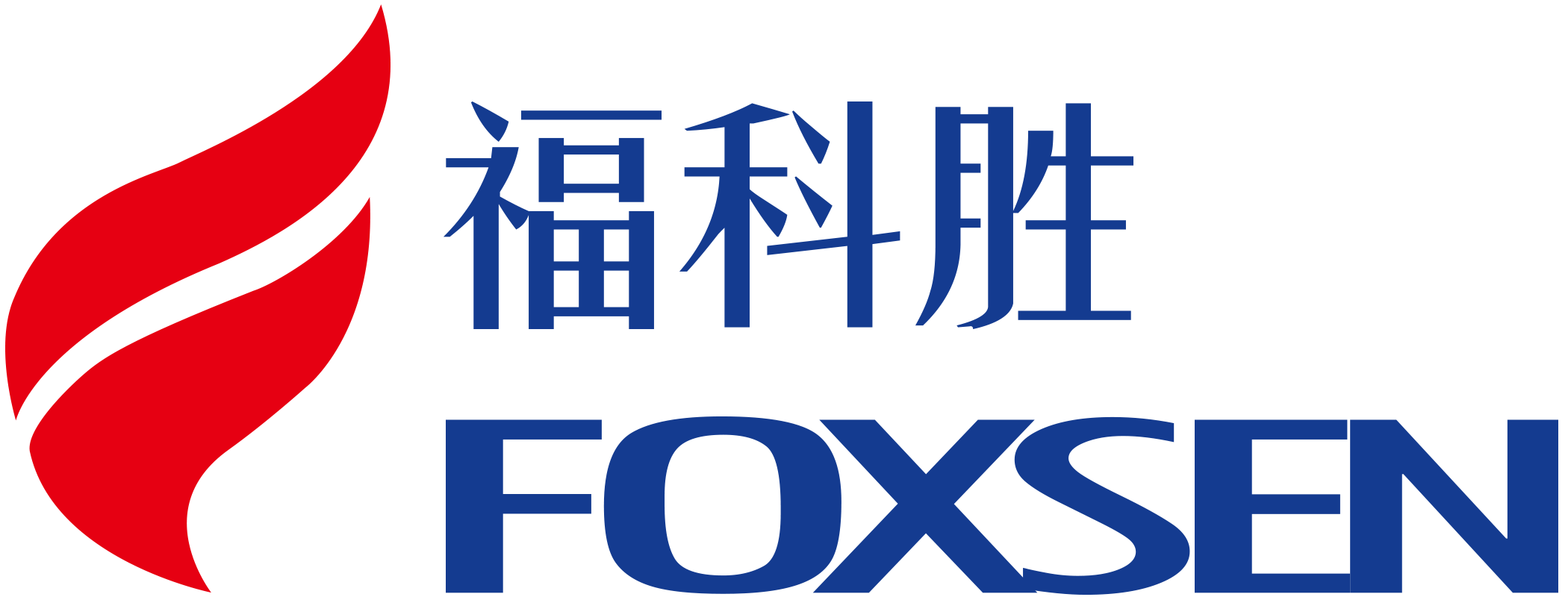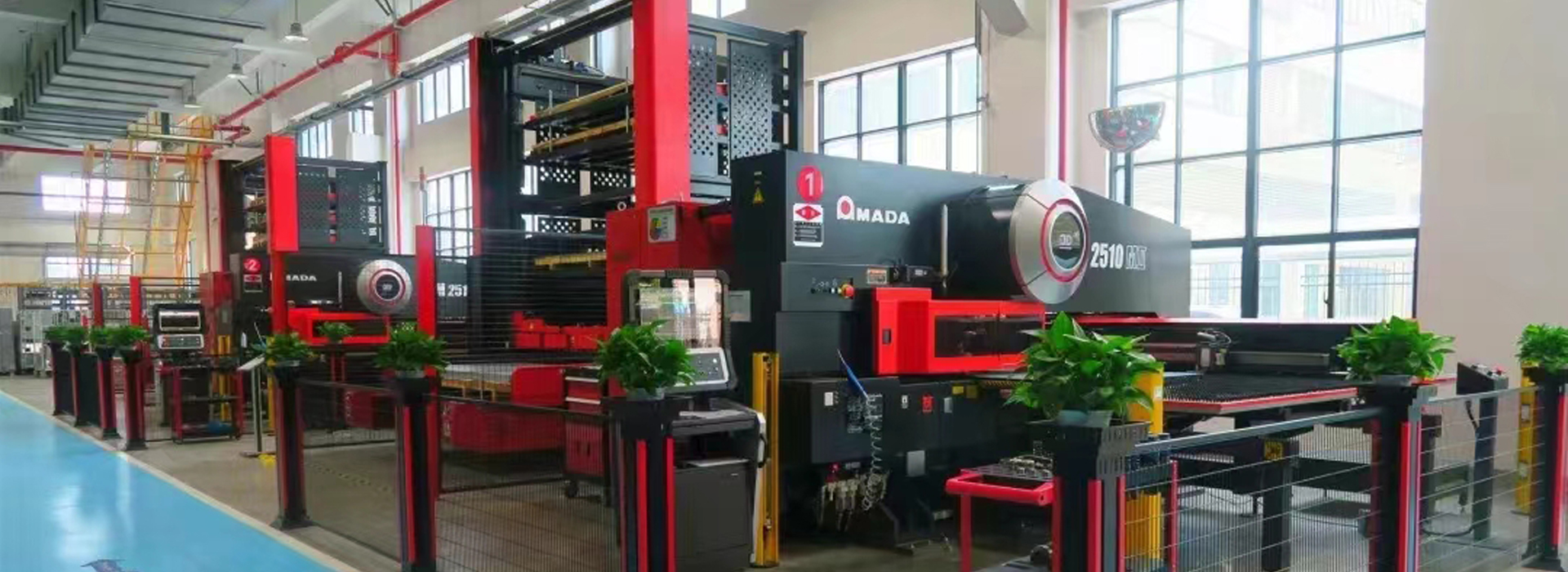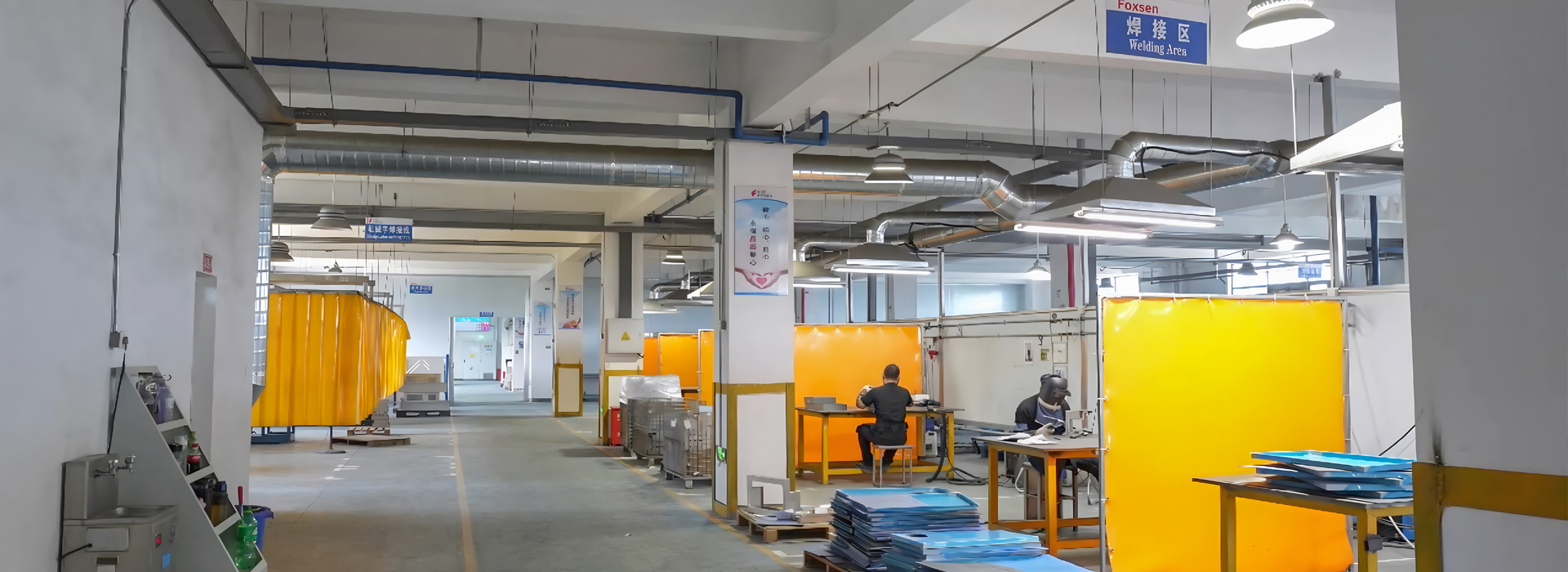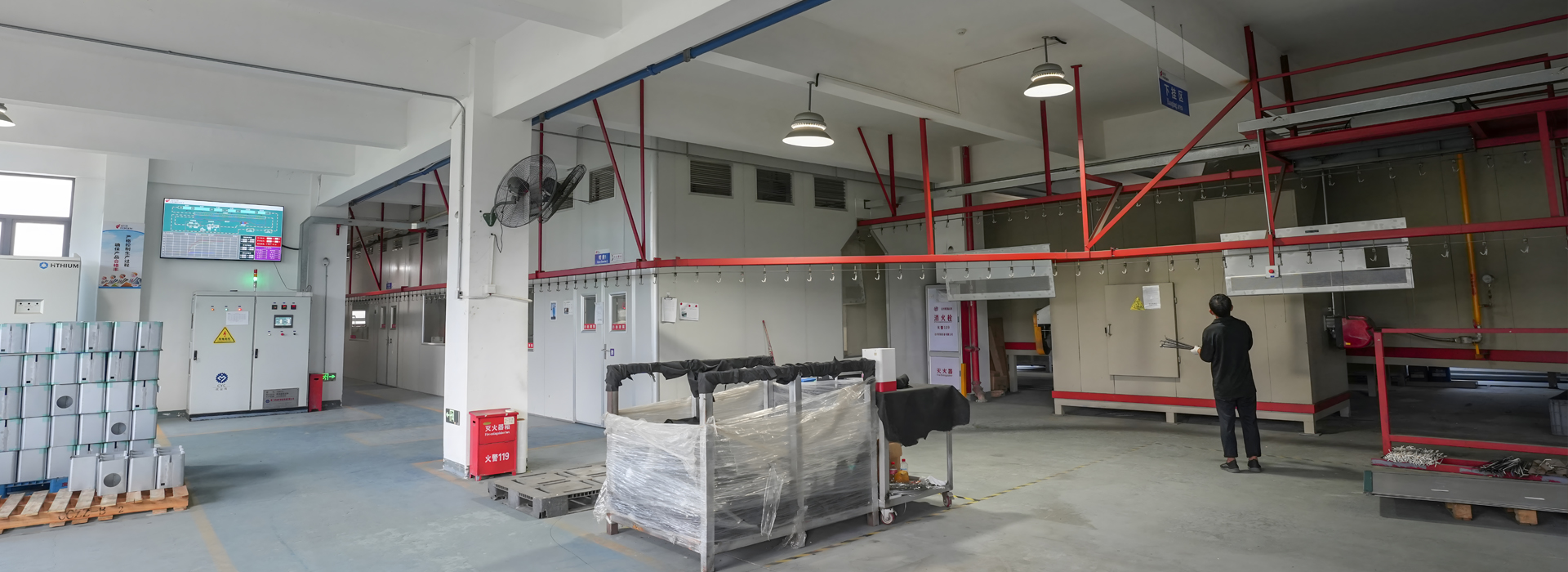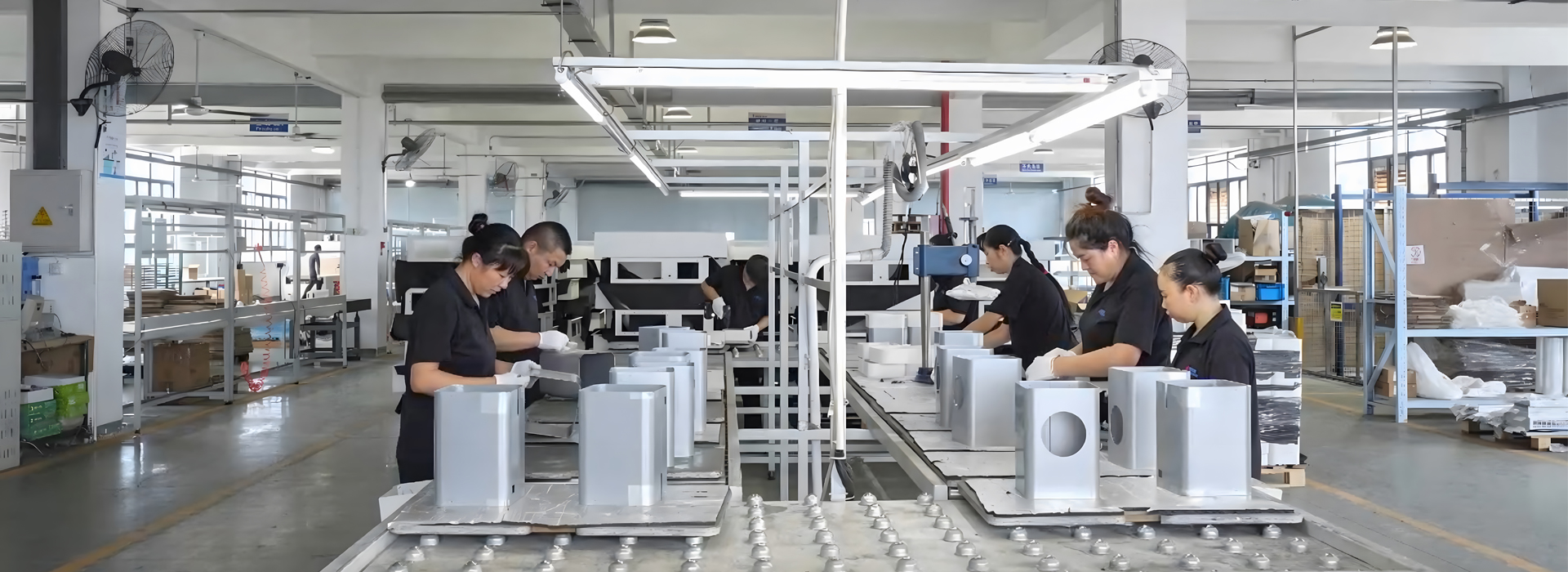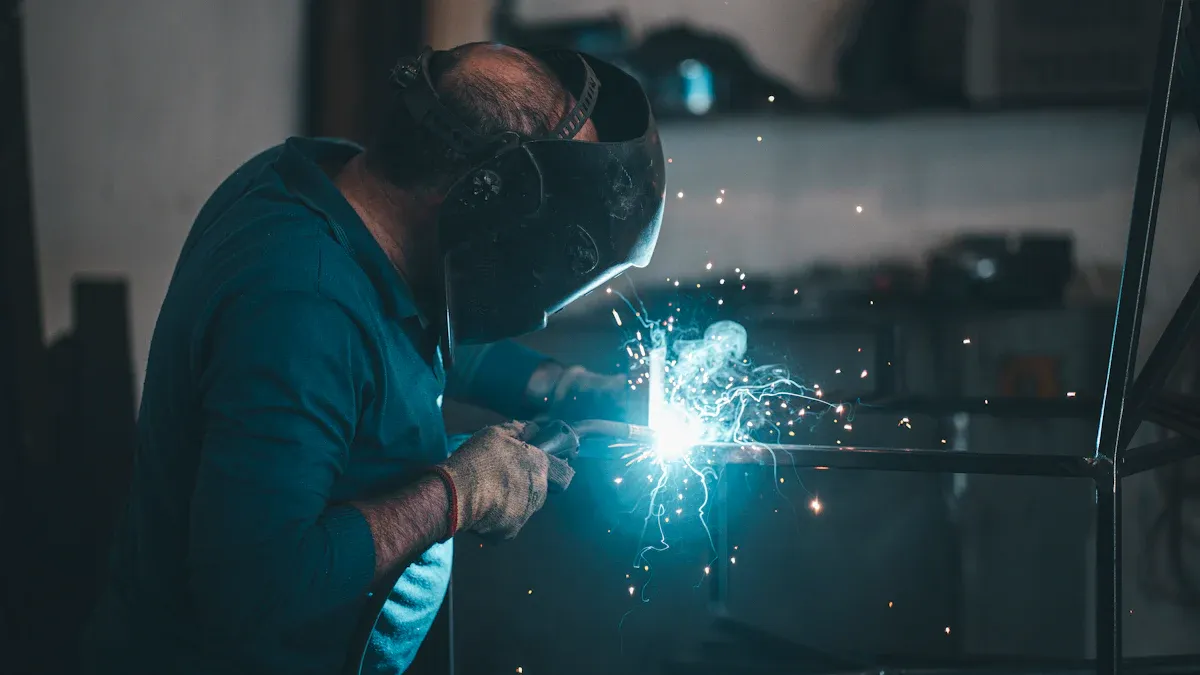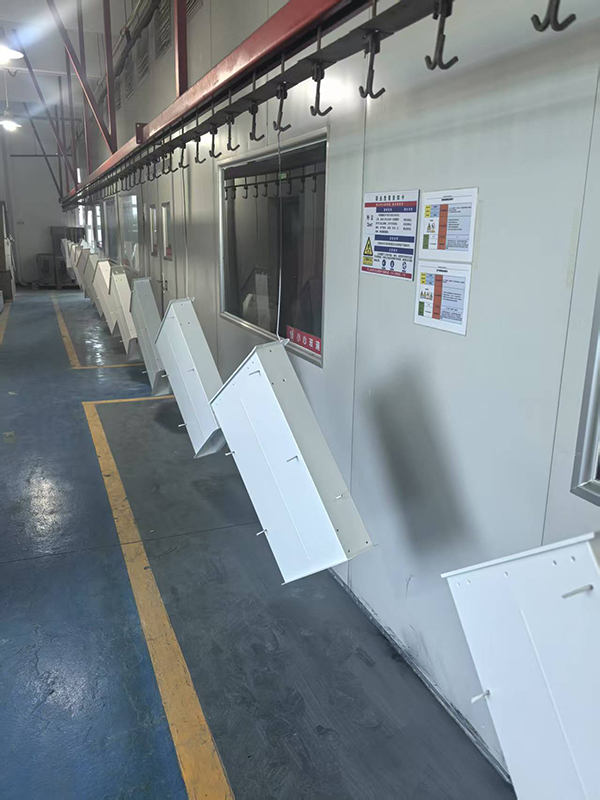Mastering sheet metal design is key to success in manufacturing. It helps make strong, efficient, and affordable products. This skill has changed a lot, improving industries like cars and airplanes.
Sheet metal forming uses less material and energy. This makes it important for eco-friendly manufacturing.
In the past 15 years, better computer tools have improved accuracy and speed.
Car makers especially use these tools to create better parts with exact shapes.
Learning sheet metal design helps you solve tough engineering problems. It keeps your designs better, cheaper, and higher in quality.
Key Takeaways
Learning sheet metal design is important for making strong and affordable products.
Choosing the right materials and knowing their features helps make designs stronger and last longer.
Following Design for Manufacturing (DFM) rules can make production easier, lower costs, and improve quality.
Focus on bend allowance and K-factor to get correct part sizes and avoid assembly problems.
Using modern CAD and simulation tools improves design accuracy and finds problems early.
Understanding Sheet Metal Design
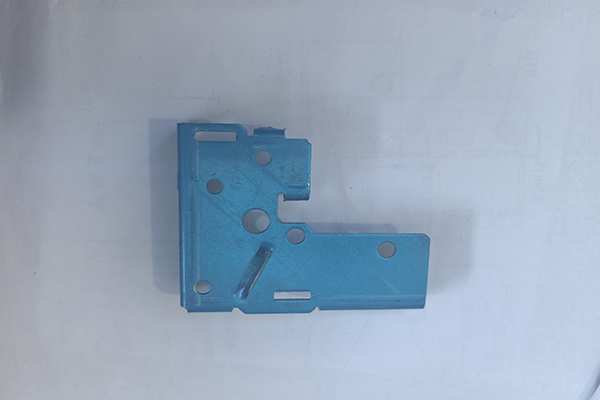
Definition and Core Concepts
Sheet metal design means making parts from thin metal sheets. It uses bending, cutting, and shaping to create useful items. To do this well, you need to know these basics:
Bend allowance and deduction show how metal stretches or shrinks.
Minimum bend radius stops the metal from breaking or getting weak.
Flanges and hemming make designs stronger and safer.
Using less material saves money and reduces waste.
These ideas are the base for learning sheet metal design. By using them, you can make strong, accurate, and affordable products.
Role in Modern Manufacturing
Sheet metal design is very important in manufacturing today. Switching from 2D to 3D CAD tools has changed the industry. You can now see designs clearly, fix mistakes, and work better with your team. This change also makes work faster and boosts productivity, helping companies stay ahead.
New tools like laser cutters and robots have improved sheet metal work. These tools help make detailed parts with great accuracy. Because of this, sheet metal design is now key for industries wanting better products and efficiency.
Applications Across Industries
Sheet metal is used in many industries because it’s flexible. Here’s how different sectors use it:
These examples show why knowing sheet metal trends matters. By learning these uses, you can design smart solutions for different industries.
Fundamental Principles of Sheet Metal Design
Material Selection and Properties
Picking the right material is a key step in sheet metal design. The material you choose affects how strong, long-lasting, and affordable the product will be. Engineers look at things like strength, weight, and rust resistance to meet design needs.
For example, aluminum is great if you need something light but strong. It’s also good at resisting rust. Stainless steel, however, is tougher and handles harsh conditions better, making it a good choice for rough environments.
You should also think about how easy the material is to work with. Some materials are simpler to cut and bend, saving time and money. For instance, a 1 mm thick CRCA sheet needs testing to ensure it works well. If weight is a problem, switching to aluminum or galvanized steel can help without losing strength.
Tip: Always check material properties to match design rules for the best results.
Bend Radius and Its Importance
The bend radius is a basic idea in sheet metal design. It’s the smallest curve you can make in a sheet without breaking it. Knowing this helps you make strong and easy-to-build designs.
A bigger bend radius puts less stress on the material, stopping cracks. It also lets you use larger tools, which are more stable and faster to work with. Studies show that using bigger corner curves can cut costs by up to 17%.
When designing bends, keep these tips in mind:
Make the bend radius at least as thick as the material.
Avoid sharp edges, as they can make the part weaker.
Use the same bend radius throughout the design to make manufacturing easier.
Choosing the right bend radius also affects the tools and machines you’ll need. Smaller bends might need special tools, which can cost more. By following bend rules, you can save money and make high-quality parts.
Tolerances and Their Role in Precision
Tolerances are important for making sure parts fit and work well. They set the limits for how much a part’s size can vary. This is crucial for making accurate products.
For example, tight tolerances are needed for parts like airplane components that must be very precise. But if tolerances are too strict, it can raise costs. Finding a balance keeps things accurate and affordable.
Bend tolerances are also important in sheet metal design. They account for how the material changes shape during bending, ensuring the final size is correct. Managing tolerances well avoids mistakes and makes production smoother.
Note: Work with manufacturers early to set tolerances that balance accuracy and cost.
Manufacturability and Design for Manufacturing (DFM)
Making sheet metal designs easy to produce is very important. It ensures your designs work well and are simple to make. By using design for manufacturing (DFM), you can save time, avoid mistakes, and cut costs.
What is Design for Manufacturing?
DFM means designing parts that are easy to manufacture. It involves thinking about the tools and machines during the design process. For example, you might pick a bend radius that matches your workshop tools. This avoids needing special tools, saving money and time.
Benefits of DFM in Sheet Metal Design
Using DFM makes your project more efficient. Here are some benefits:
Lower Costs: Simple designs and common materials cost less to make.
Better Quality: Matching designs to tools reduces errors and defects.
Faster Production: Well-planned designs speed up the manufacturing process.
Eco-Friendly: Using less material cuts waste and helps the environment.
Real-World Examples of DFM in Action
Here are examples showing how DFM solves problems:
These examples show how DFM helps fix specific manufacturing challenges. For instance, a well-designed dental bridge fits right, saving time during production.
Tips for Applying DFM Principles
Follow these tips to make your designs easier to produce:
Keep It Simple: Avoid adding features that make production harder.
Pick Common Materials: Use materials that are easy to find and use.
Match Tools: Design parts that work with your equipment.
Test Early: Use software to check your design before making it.
Tip: Work with your manufacturing team while designing. Their advice can help you spot problems early and improve your design.
By focusing on DFM, you can make designs that are simple, affordable, and high-quality. This method improves production and ensures your designs meet industry needs.
Design Considerations for Sheet Metal
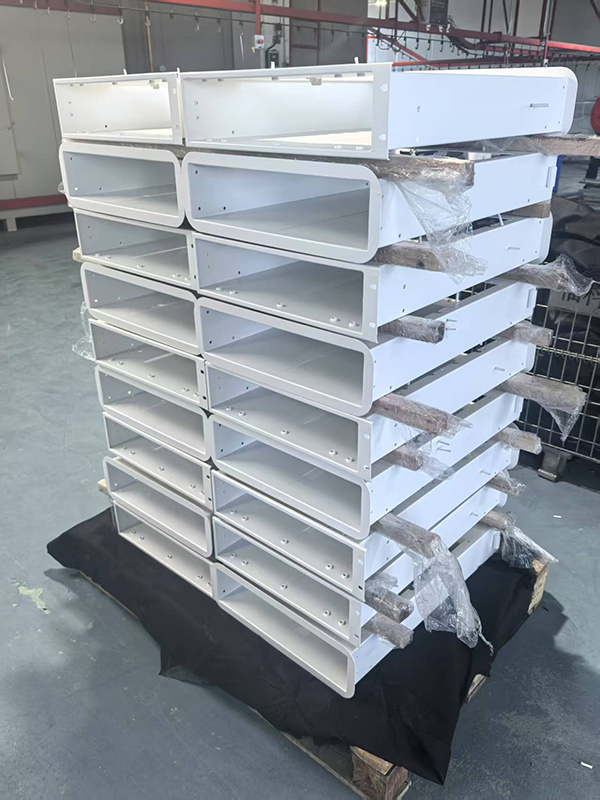
Geometric Constraints and Limitations
When making sheet metal parts, think about geometric limits. These limits come from the material’s properties and how it’s made. Ignoring them can cause weak parts, defects, or higher costs.
Important limits include bend radius, thickness, and tolerances. For example, bends need a minimum radius to stop cracks. The sheet’s thickness affects how much stress it can handle during shaping.
Studies show how irregular shapes hurt designs. Problems like uneven struts or tiny holes lower strength. For instance:
Uneven struts make stents harder to use.
L-PBF 316L structures lose up to 59% strength after heat treatment.
Keep designs simple and uniform to avoid issues. Skip sharp edges or tricky shapes that are hard to make. Use software to test designs early and find problems.
Tip: Work with your manufacturing team to match designs to tools.
Form Height to Thickness Ratio
The height-to-thickness ratio is key in sheet metal design. It shows how much the material can stretch without breaking. A bad ratio can cause cracks, thinning, or bending problems.
To stop thinning, make sure material flows well from the flange. Bigger bending angles add stress, slowing material flow and causing thinning. Wider profiles help balance material flow for larger bends.
Balancing these factors keeps designs strong and easy to make. Test designs to check the height-to-thickness ratio before production.
Note: Simulate designs to confirm ratios before making parts.
Strength and Durability Requirements
Strength and durability are important for reliable sheet metal parts. Pick materials and features that handle stress well. Things like toughness, hardness, and fatigue strength affect how parts perform.
Accuracy matters too. Parts must fit right to work properly. For example, aerospace parts need tight tolerances for safety.
Tests show why strength is important:
Toughness: Tests measure how much energy a part absorbs before breaking.
Hardness: Tests check how well parts resist wear and dents.
Fatigue Strength: Repeated stress tests show how long parts last under pressure.
Choose materials that match the job’s needs. Stainless steel is strong and resists rust, making it good for tough conditions.
Tip: Check test results often to ensure your designs meet strength needs.
Cost-Effectiveness in Design
Cost-effectiveness is important in sheet metal design. Smart designs lower costs but keep quality high. This helps manufacturers and customers by making products affordable and reliable.
Why Cost-Efficiency Matters
Cost-efficient designs save money and resources. They also speed up production and reduce waste. Using fewer materials or simpler shapes can cut costs. These methods make your designs better for the market.
Tip: Aim for designs that balance cost and performance.
Steps to Achieve Cost Optimization
Follow these steps to lower costs in sheet metal design:
Find Expensive Parts: Look at parts that cost the most to make. Check their materials and how they’re made.
Study Cost Details: Collect data about costly parts. This shows where you can save money.
Compare Costs: Match estimated costs with supplier prices. This helps you find better deals or cheaper options.
Here’s a table explaining these steps:
These steps help you find hidden ways to save money and improve your design process.
Practical Design Strategies
Use these strategies to make designs cheaper:
Simplify Shapes: Avoid tricky designs needing special tools. Simple shapes are faster and cheaper to make.
Pick Common Materials: Use materials that are easy to find and work with. This lowers costs and speeds up production.
Reduce Waste: Design parts to use the whole sheet efficiently. This cuts leftover material and saves money.
For example, if you’re making a bracket, use standard sheet thickness and simple bends. These choices make production easier and reduce waste.
Balancing Cost and Quality
Cost-saving is important, but quality matters too. Bad parts can fail and cost more later. Focus on strong and accurate designs for reliable products.
Note: Work with your team to balance cost and quality.
By using these ideas, you can create designs that are affordable and perform well.
Key Parameters in Sheet Metal Fabrication
Bending: Techniques and Best Practices
Bending shapes flat sheets into angles or curves. It must not break the material. To get good results, follow simple rules.
Use the right bend radius. The inside radius should match or be bigger than the sheet's thickness. For example, a 3 mm thick sheet needs a 3 mm bend radius to avoid cracks. Flanges must be long enough for tools to grip. Calculate flange length as four times the sheet thickness plus the bend radius. A 2 mm thick sheet with a 2 mm radius needs at least a 10 mm flange.
Springback happens when bends open slightly after release. Fix this by over-bending or adjusting your CAD design. These tips help make strong and accurate bends.
Cutting: Methods and Applications
Cutting splits sheets into shapes and sizes. Common methods include laser cutting, plasma cutting, and punching. Each method works best for certain materials and designs.
Laser cutting is great for detailed designs. It makes smooth edges and precise cuts. Plasma cutting handles thicker sheets well. Punching is fast for making holes and slots. When choosing a method, think about feed rate, cutting speed, and material type. Higher feed rates add friction, increasing cutting force. Cutting speed and material also affect the process.
Knowing these factors helps pick the best cutting method for your project.
Forming Features: Embossing, Flanges, and Louvers
Forming features improve sheet metal parts. Embossing adds raised or recessed patterns for strength and looks. Flanges make edges stronger and easier to attach. Louvers help airflow and reduce weight.
Design these features carefully. Embossing needs control to stop thinning or cracks. Flanges must have the right height-to-thickness ratio for strength. Louvers should balance airflow and structure. Test designs early to ensure they work well.
Adding these features makes sheet metal parts stronger and more useful. They also improve how the parts look.
Fastening and Joining: Rivets, Welding, and Adhesives
Fastening and joining keep sheet metal parts connected. Picking the right method depends on the material, use, and cost.
Rivets
Rivets are metal pins that join parts through holes. They make strong, lasting connections for things like airplane wings. Rivets handle vibration well, so they’re great for tough jobs. But, holes must line up perfectly during assembly.
Welding
Welding melts metal parts together using heat. It creates a strong bond, perfect for cars or machines. Heat can change the metal, so skilled workers are needed. Welding isn’t ideal for thin sheets or delicate designs.
Adhesives
Adhesives use glue to stick parts together. They work well for light items like electronics. Adhesives spread stress evenly, lowering the chance of cracks. But they aren’t as strong as rivets or welding. Extreme heat or cold can weaken them.
Comparing Techniques
Here’s how these methods compare:
Practical Tips
Use rivets for parts under heavy loads or vibration.
Pick welding for very strong connections.
Try adhesives for light or fragile materials.
By learning these methods, you can choose the best one for your project.
Tip: Test your method early to check its strength and durability.
Avoiding Common Mistakes in Sheet Metal Design
Overlooking Material Properties
Knowing material properties is very important in sheet metal design. Each material has special traits like strength, flexibility, and wear resistance. Ignoring these can cause problems during production or use. For example, if you don’t check a material’s forming limit, it might crack or wrinkle when shaped.
The forming limit diagram (FLD) helps show how much strain a material can take. In one case, engineers used the FLD to stop wrinkling on an automotive spring seat by staying in safe zones. This shows why matching material properties to design needs is so important.
To avoid this mistake, test the material before production. Pick materials that fit the part’s job and environment. For example, stainless steel is great for tough conditions, while aluminum is better for lightweight designs.
Tip: Use simulation tools to predict how materials will behave and stay within safe limits.
Ignoring Bend Allowance and K-Factor
Bend allowance and the K-factor are key for making accurate parts. These help account for how metal stretches and compresses when bent. Skipping these steps can lead to parts that don’t fit or work right.
When bending, the outer layer stretches, and the inner layer compresses. The K-factor helps find the neutral axis, which is needed to calculate bend allowance. Without these, your part’s size might be wrong, causing assembly problems.
For instance, not calculating bend allowance can lead to gaps or misaligned parts. This wastes material and raises costs. Always include these calculations to make sure your parts are precise.
Note: Use the same bend radii and angles in your design to make calculations easier and reduce mistakes.
Neglecting Tooling and Manufacturing Constraints
Skipping tooling and manufacturing limits can cause production problems. Tools and machines must be set up correctly to ensure quality. Ignoring this can lead to defects, wasted materials, and safety risks.
Studies show poor calibration increases rejected products by 20%. Misaligned tools can cause burrs, cracks, or holes in the wrong spots. Regular maintenance avoids these issues and keeps results consistent.
Ignoring tooling can also increase safety risks by 15% and maintenance costs by 30%. Work with your manufacturing team early to match your design to the tools and machines available.
Tip: Check machines regularly and ask operators to report problems early.
Not Focusing on Cost and Efficiency
Ignoring cost and efficiency during design can cause big problems. In sheet metal work, every choice affects cost and time. Skipping these steps wastes materials, slows production, and raises labor costs.
Common Costly Mistakes
Too Complex Designs: Adding extra details makes production harder. Complex shapes need special tools, which cost more.
Wasting Material: Bad part placement on sheets creates too much scrap. This wastes material and adds costs.
Non-Standard Sizes: Parts that don’t fit standard sheets need custom materials. Custom materials are pricier.
Tip: Keep designs simple and use standard sheet sizes to save money.
Ways to Boost Efficiency
Simplify Steps: Reduce the number of tasks to make a part. For example, combine cutting and shaping to save time.
Pick Proper Tools: Match your design to the machines you have. Using the wrong tools slows work and wears them out.
Team Up Early: Talk to your manufacturing team while designing. They can help find ways to save money and avoid delays.
Real-Life Results
One study found better material use cut waste by 20%. Another showed a simpler bracket design lowered costs by 15%. These examples show how focusing on cost and efficiency improves results.
Note: Always check your design for cost savings before finishing it.
Tools and Software for Sheet Metal Design Services
Popular CAD Tools for Sheet Metal Design
Picking the right CAD software is very important. These tools help make accurate designs, save time, and avoid mistakes. Research shows many popular options with special features for sheet metal design.
Fusion 360 is affordable and has built-in simulation tools. Autodesk Inventor and Creo are great for advanced structural analysis, perfect for tough projects. Choosing the right software makes your work faster and more productive.
Features of Effective Design Software
Good design software makes work easier and improves your designs. Look for these features:
3D modeling tools to simplify creating designs.
Easy-to-use interface for making complex shapes.
Automation for calculating bends and improving designs.
Compatibility with other manufacturing tools for smooth workflows.
BricsCAD Mechanical V25.2 is a good example. It turns 3D models into sheet metal designs easily. It checks assemblies and creates 2D documents quickly. It also works well with other CAD systems, reducing mistakes and saving time.
Choose software that automates tasks and uses advanced simulations. This ensures your designs are correct and ready for production.
Simulation and Prototyping Tools for Validation
Simulation tools are important for checking sheet metal designs. They predict how materials will act during production and find problems early. Studies compare tools like AUTOFORM R5.2, PAM-STAMP 2G 2012.2, and DD3IMP. These tools are good at testing punch forces, strains, formability, and springback.
Prototyping tools help by creating physical models for testing. Research shows these tools are reliable:
Using simulation and prototyping tools ensures designs meet standards. These tools lower mistakes, save time, and make designs more reliable.
Learning the basics of sheet metal design is very important. Picking the right materials and using simple shapes can save money. These ideas also make it easier to build strong and useful parts.
Using these tips helps you create parts that are tough and accurate. Whether for airplanes or home gadgets, knowing these basics improves your work. Start using these methods now to make better designs and save costs.
FAQ
What matters most in sheet metal design?
Picking the right material is the most important step. It impacts how strong, long-lasting, and affordable your part will be. For example, aluminum is great for light designs, while stainless steel works better in tough conditions.
How do you figure out bend allowance?
Bend allowance measures how much the material stretches when bent. Use this formula:
Bend Allowance = (π/180) × Bend Angle × (Radius + K-Factor × Thickness)
This helps make sure your part’s size is correct.
Why is the K-factor needed in sheet metal design?
The K-factor shows where the neutral axis is during bending. It helps calculate bend allowance and keeps part sizes accurate. Skipping it can cause parts to not fit or waste material.
How can you save money in sheet metal design?
Keep your design simple by using common shapes and materials. Don’t add extra features that need special tools. Arrange parts smartly on the sheet to use less material. These tips cut costs and save time.
What are the best tools for sheet metal design?
Good tools include Fusion 360, Autodesk Inventor, and SolidWorks. These programs help with 3D modeling, bend math, and testing designs. Pick software that fits your project and budget.
Tip: Use simulation tools to check your designs and avoid expensive errors.
